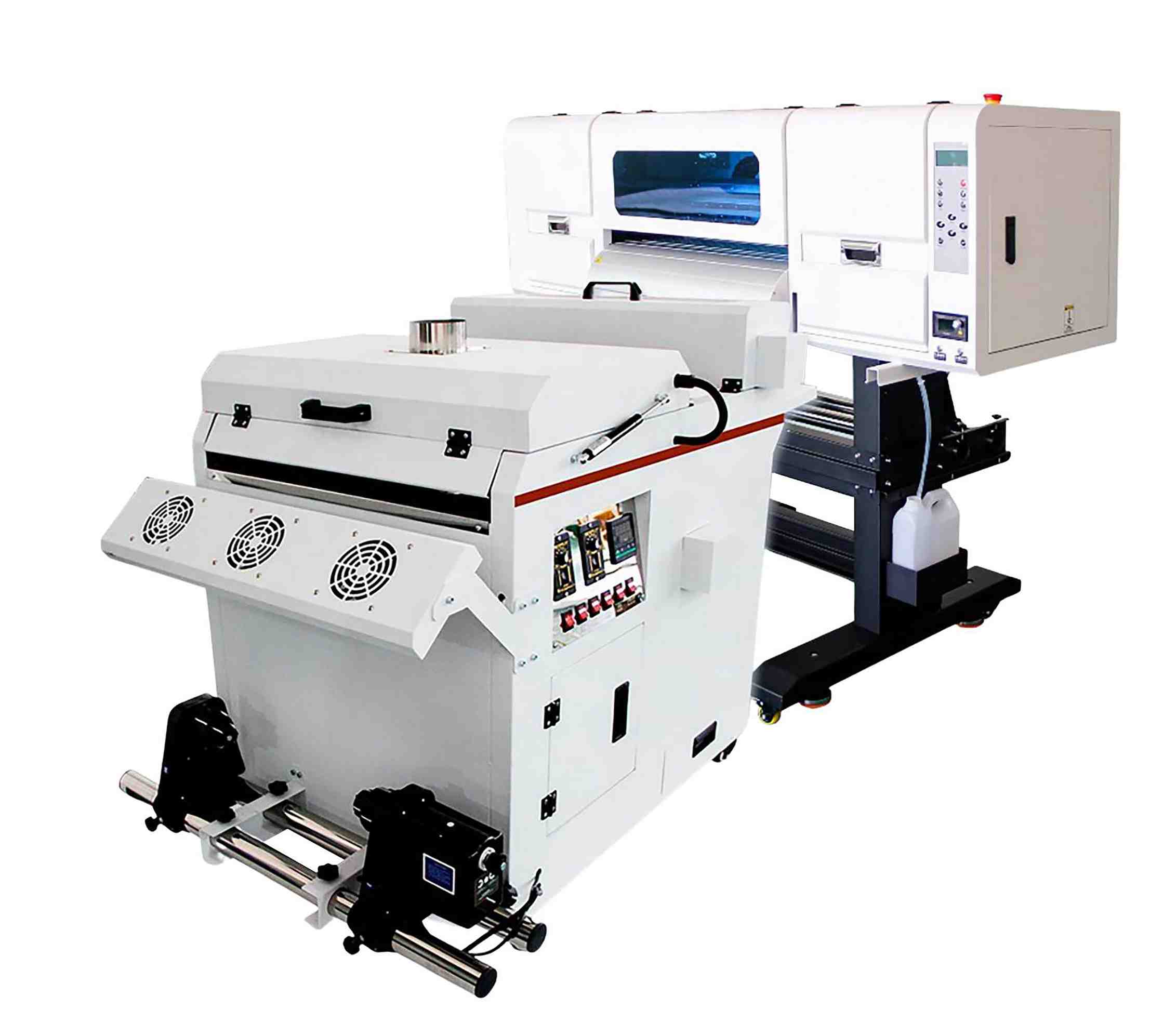Ultimate Overview to DTF Printing Techniques for Stunning Fabric Styles
Embarking on the trip of mastering DTF printing methods can open up a world of opportunities for developing aesthetically exciting textile designs. In this guide, we will certainly explore the intricate information of DTF printing, from realizing the essential essentials to unraveling progressed color techniques that can elevate your layouts to brand-new heights.
Comprehending DTF Printing Fundamentals
DTF printing, a process that entails moving styles from an unique film to textiles using warm and stress, creates the structure of textile printing strategies. This cutting-edge method enables premium, lively styles to be perfectly transferred onto different textiles with precision and detail. The very first step in DTF printing involves creating or choosing a design that will be published onto the textile. This style is after that published onto a special film making use of a DTF printer, which makes use of particular dyes or pigments to make certain color accuracy and longevity.
The last outcome is a magnificent, durable fabric style that is cleanable, adaptable, and resistant to fading. Generally, understanding the essentials of DTF printing is crucial for mastering this modern fabric printing technique.
Picking the Right Textile Products
Having established the foundational principles of DTF printing strategies for textile designs, the following important consideration lies in selecting the appropriate textile materials to enhance this innovative procedure efficiently. In addition, the stretchability of these products can fit the warm transfer process entailed in DTF printing without distorting the layout. By selecting the right textile products, designers can take full advantage of the possibility of DTF printing to develop durable and magnificent fabric designs.

Mastering the Printing Refine
To master DTF printing methods for fabric layouts, mastering the printing process is crucial for achieving top quality and consistent results. The printing process in DTF entails a number of vital actions that call for accuracy and focus to detail. Preparing the art work for printing is essential. This includes guaranteeing the design is correctly sized and positioned for the textile. Next off, the layout is printed onto an unique DTF film utilizing a suitable printer with the ideal settings to accomplish ideal shade vibrancy and clarity (DTF Printing). When the layout is printed, it is after that transferred onto the fabric using a heat press device. The temperature level, pressure, and duration of warm application should be carefully managed to make sure proper adhesion of the design to the textile. Furthermore, understanding the peeling off process after warm pressing is crucial to avoid any kind of damage to the design or material. By sharpening each of these actions in Related Site the printing procedure, developers can consistently produce durable and stunning textile designs with DTF printing strategies.
Enhancing Styles With Shade Techniques

In addition, try out color gradients can bring a sense of activity and fluidity to the layout. By mixing colors flawlessly, a slope result can be attained, adding a modern and dynamic touch to the fabric design. In addition, using shade blocking strategies can produce strong and striking visuals by juxtaposing different strong shades in distinct areas of the style.
Moreover, incorporating metallic or neon colors can provide a attractive and special aspect to the fabric design, making it stand out and exude a sense of vibrancy. When purposefully used, these shade techniques can elevate the general aesthetic appeal of fabric styles, making them much more captivating and unforgettable.
Troubleshooting Common DTF Printing Issues
After exploring different shade techniques to boost textile styles, it is crucial to resolve typical DTF printing concerns that might develop during the manufacturing procedure. Furthermore, issues with photo clearness and intensity can take place due to low-resolution pictures or improper printing strategies. By being aware of these common issues and executing the essential troubleshooting actions, you can boost the total top quality of your DTF published fabric layouts.
Conclusion
Finally, mastering DTF printing techniques is essential for developing stunning fabric styles. By understanding the basics of DTF printing, choosing the best products, and improving layouts with color techniques, one can accomplish outstanding results. It is vital to fix common Learn More issues that may emerge during the printing procedure to make certain a successful end result. With practice and attention to detail, one can produce unique and stunning textile layouts making use of DTF printing strategies.
DTF printing, a procedure that includes transferring styles from a special film to fabrics utilizing warmth and pressure, forms the foundation of fabric printing techniques.Having actually developed the foundational principles of DTF printing methods for fabric styles, the following crucial consideration lies in choosing the proper textile products to complement this cutting-edge process effectively. By picking the appropriate textile materials, developers can make best use of the potential of DTF printing to develop durable and magnificent fabric designs.
To excel in DTF printing techniques for textile styles, grasping the printing procedure is crucial for attaining consistent and premium outcomes. DTF Printing. By developing each pop over to this site of these actions in the printing process, designers can continually generate resilient and stunning textile designs with DTF printing methods